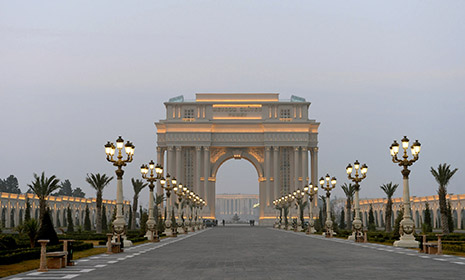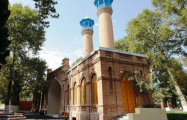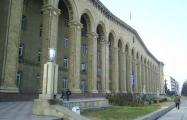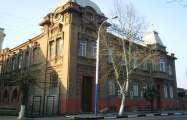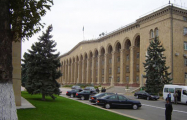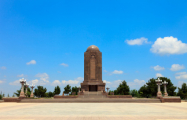In the first half of the 7th century Ganja was destroyed by Persians and in the second half by Arabs. In the mid-10 th century Ganja became the capital of Shadadit - one of a smaller khanates on the territory of Azerbaijan.
In the mid-11th century Ganja was conquered by Seljuks. In 1139 there was a big earthquake which destroyed the city; in this connection it was transferred to another place. In the result of the earthquake a number of picturesque lakes was formed: Lake Gek - Gel, Lake Maral-Gel, Lake Dzheran-Gel, Lake Ordek-Gel, Lake Zaligehlyu, Lake Aggel, Lake Garagel and Lake Samlygel among them.
After disintegration of Seljuk state Ganja became the second capital of Atabek state (12th-13th centuries). In the 18th century Ganja became the center of Ganja Khanate.
In 1804 Ganja Khanate was occupied by Russian armies, and Ganja was renamed Elizabethpol. During Soviet time Ganja was renamed into Kirovabad and was the second biggest industrial and cultural city in Azerbaijan after Baku. The original name was given back to city after independence was won by the republic in 1991.
During centuries-old history the city became the owner of numerous historical and architectural monuments with strongly pronounced Azerbaijan national color. Among the survived landmarks are Gei-Imam cult complex (14th – 17th centuries), Djuma mosque (17th century) and a variety of picturesque old houses, well-known stone sculptures of horses and other pets abundant in the neighboring mountains.
The city takes pride in the fact that the greatest Azerbaijani poet Nizami Gyanjevi was born there. His mausoleum is the major tourist attraction.
The historical part of the city also called “Old Ganja” is known for its ruins of fortifications, towers, bridges (12th - early 13th centuries), a caravansary (17th century) – place where merchant caravans could stay an have a rest, the building of former Khan office (17th century), mausoleums (14th – 17th centuries), mosques (17th centuries).
Ancient Settlement of Ganja
Ganja site of ancient settlement is located 7 - 10 kilometers to the northeast from the present day Ganja. Only within the limits of its fortifications the area is 250 hectares; along with the rabads and outskirts the area reaches more than 810 hectares.
The structures of the fortress were placed very close to one another and were separated by narrow winding streets. Since the 1930s archaeological excavations have been carried out there. As a result several cultural layers and sensational finds were discovered reflecting the everyday life and economy of the city; the ceramic water pipeline, the 10th - 11th centuries coins, items made of glass, faience, ceramics, copper, iron were among them.
There was even a version according to which it was assumed that the city was founded not in the 9th century but much earlier. On the site of ancient settlement the remnants of the entire residential quarters with ruins of brick houses, the pise-walled hearths, tandirs, ancient lamps, pottery with images of animals and ornaments with Arabian inscriptions were found. There were also clay statues of animals which is not characteristic of Muslim countries` cultures. All those finds can be seen in major Azerbaijan museums.








